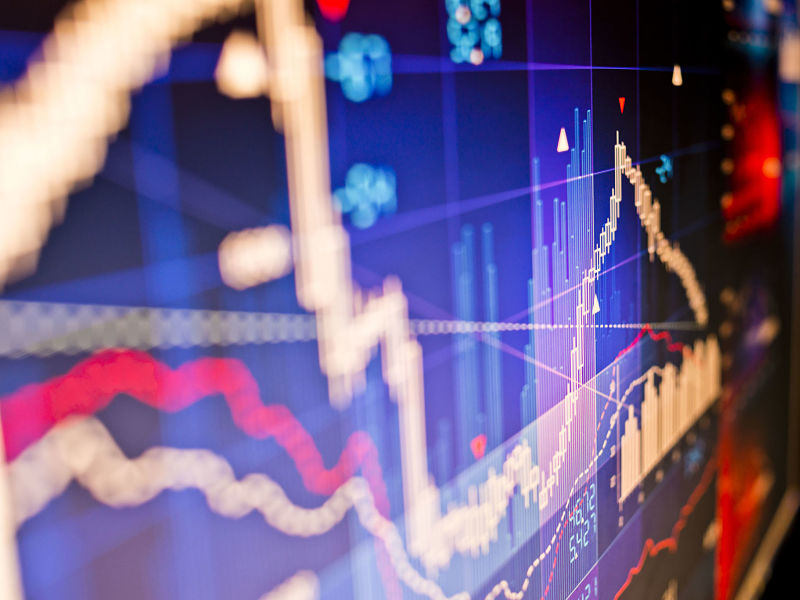
U.S. markets are expected to see heaving trading volumes on Friday, as is typical ahead of the Russell U.S. indexes reconstitution. The annual event updates the indexes to reflect changes in U.S. equities markets during the prior year.
The changes take place after markets close on June 25, impacting more than $10 trillion in investor assets benchmarked to, or invested in, products based on the Russell U.S. indexes, FTSE Russell said in a release. (All figures are in U.S. dollars.)
“Every year in June, all eyes are on the reconstitution not only in the interest of rebalancing assets that track [the indexes] but also for the story it tells about the preceding year in U.S. equity markets,” wrote Catherine Yoshimoto, director of product management with FTSE Russell, in a blogpost earlier this month.
While last year’s constitution was largely about divergent markets, with small caps getting smaller and large caps bigger, this year’s story is about “widespread market recovery across all size segments,” Yoshimoto wrote.
With stocks surging since the pandemic-motivated selloff last year, total U.S. equities market capitalization, represented by the Russell 3000 index, increased 52%, reaching $47 trillion in early May 2021.
Strong market performance was behind a significant increase in the market capitalization breakpoint, which separates companies in the U.S. large-cap Russell 1000 and those in the U.S. small-cap Russell 2000. That breakpoint is often central to the plot of the reconstitution, Yoshimoto wrote.
In 2021 the breakpoint climbed to its highest value ever, increasing by 73% to $5.2 billion. For the year ended May 28, the Russell 1000 rose 42.7%, while the Russell 2000 surged 64.6%. The total market capitalization of the latter increased 84% to $3.5 trillion.
Reflecting those results, the smallest company in the Russell 2000, California-based Velocity Financial, has a total market cap of $257.1 million, an increase of 171.2% over last year’s smallest company (Louisville, Ky.–based Limestone Bancorp had a market cap of less than $100 million).
Additions to the Russell indexes this year also tell the story of increased equity issuance — “another reason behind the record high breakpoint,” Yoshimoto wrote.
The Russell 2000 is expected to include 38 IPOs, with 21 in health care; the Russell 1000, five IPOs; and the Russel Microcap, 11 IPOs.
During the past year, “we started seeing this wave of biotechnology companies being added, especially to the Russell 2000,” Yoshimoto said in an interview.
New names to the Russell 3000 are also expected to include more than 50 de-SPACs (special purpose acquisition companies merged with their target acquisitions). Most of them will fall into the small-cap universe, said Steven DeSanctis, small and mid-caps strategist with Jefferies Group LLC, a New York-based investment banking firm.
He said new additions to the Russell 2000 generally outperform heading into reconstitution as they’re bought by passive investors, while names that drop out tend to underperform.
Companies that move from the 2000 to the 1000 typically experience passive selling pressure because the weight change is dramatic, DeSanctis said.
Final lists of names in the indexes will be published on Monday, June 28, when the reconstitution takes effect.
Index trend details
For the first time, four companies exceeded $1 trillion in total market cap, with Alphabet joining Apple, Microsoft and Amazon — these last three reached this milestone in last year’s reconstitution.
Apple has taken the top spot in the Russell 3000 from Microsoft, with a 62% increase in total market capitalization.
Moving into the 3000’s top 10 are Tesla and JPMorgan Chase & Co., replacing Walmart and Proctor & Gamble.
The top 10 companies increased their total market cap to a combined $10.9 trillion, an increase of 53% from last year’s $7.1 trillion.
In a reversal of a longstanding trend, value stocks outperformed growth stocks. For the year ending May 28, 2021, the Russell 2000 Value index saw a total return of 79% compared to 50% for the Russell 2000 Growth.
Because of the dramatic shift in performance, the makeup of the style indexes are changing fairly dramatically, DeSanctis said.
The Russell growth indexes are getting more cyclical in nature — more energy, financials, industrials and materials — while the value indexes are seeing an increase in health care and bond proxies such as consumer staples and real estate.